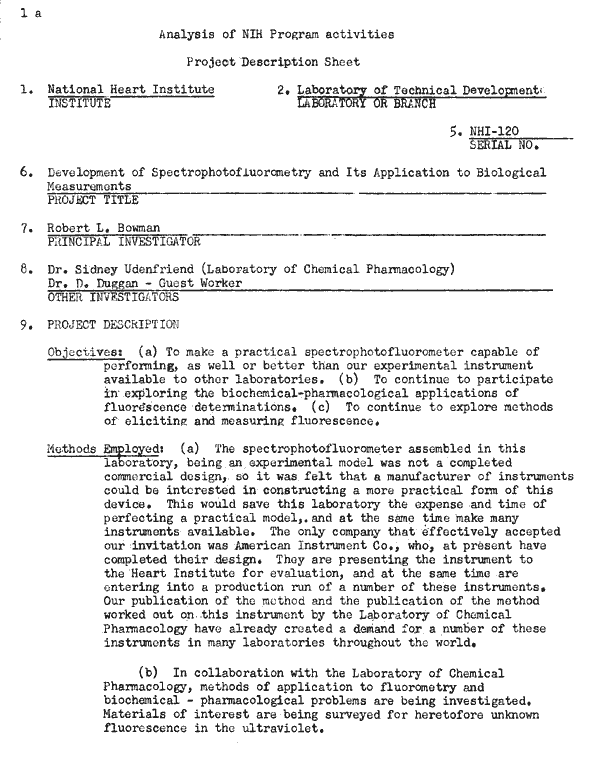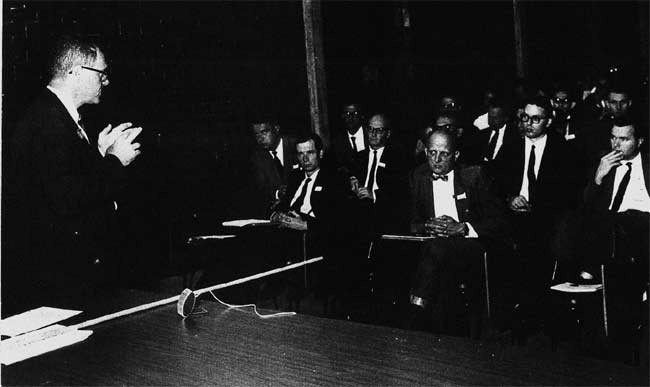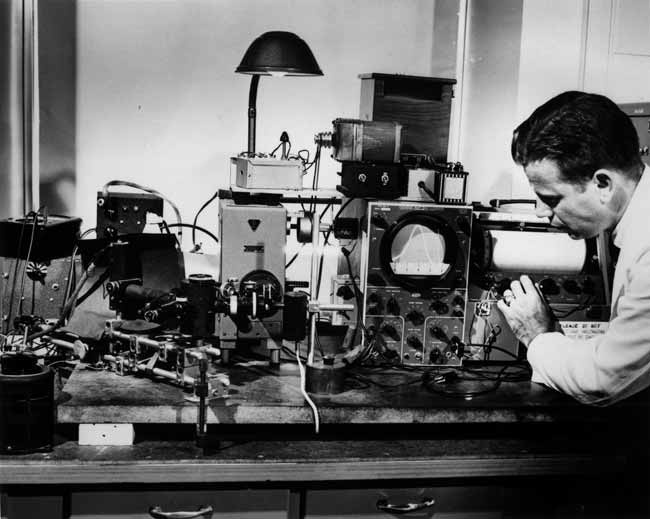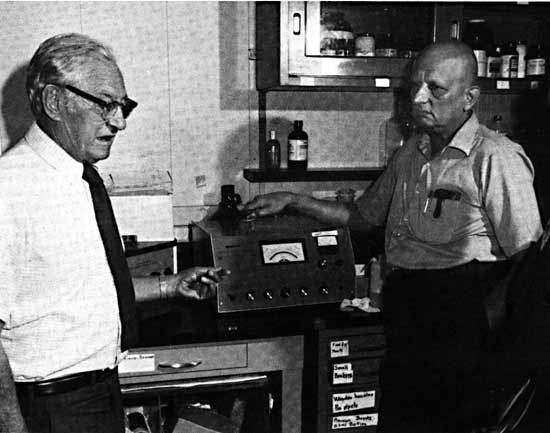...
| Div | ||||||||||
|---|---|---|---|---|---|---|---|---|---|---|
| ||||||||||
|
AMINCO Steps In
| Div | ||||||||||
|---|---|---|---|---|---|---|---|---|---|---|
| ||||||||||
|
In the 1950s and 1960s, AMINCO marketed the SPF to the research field. Company sales representatives traveled across the country to train university faculty and other scientists how to use the instrument. The company even launched a newsletter called Fluorescence News.
...
Dr. Sidney Udenfriend used the SPF to test the fluorescence of different substances that would be of interest to biological scientists. To the amazement of the profession, he detected fluorescence in many molecules that had not been known to fluoresce! He and Dr. Bowman published a paper on the results of the early experiments with the SPF. Later, Dr. Udenfriend edited two volumes entitled Fluorescence Assay in Biology and Medicine. These works helped other scientists create new ways to use fluorescence in their own research.
...
| Div | ||||||||||
|---|---|---|---|---|---|---|---|---|---|---|
| ||||||||||
|
...





